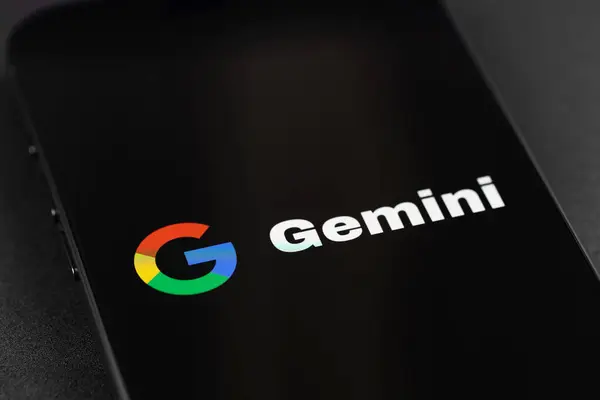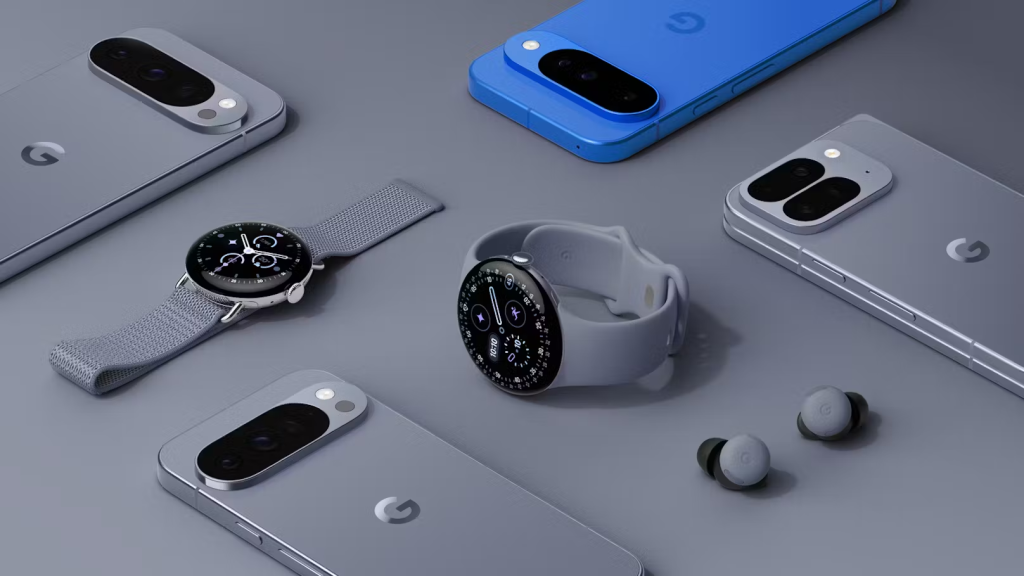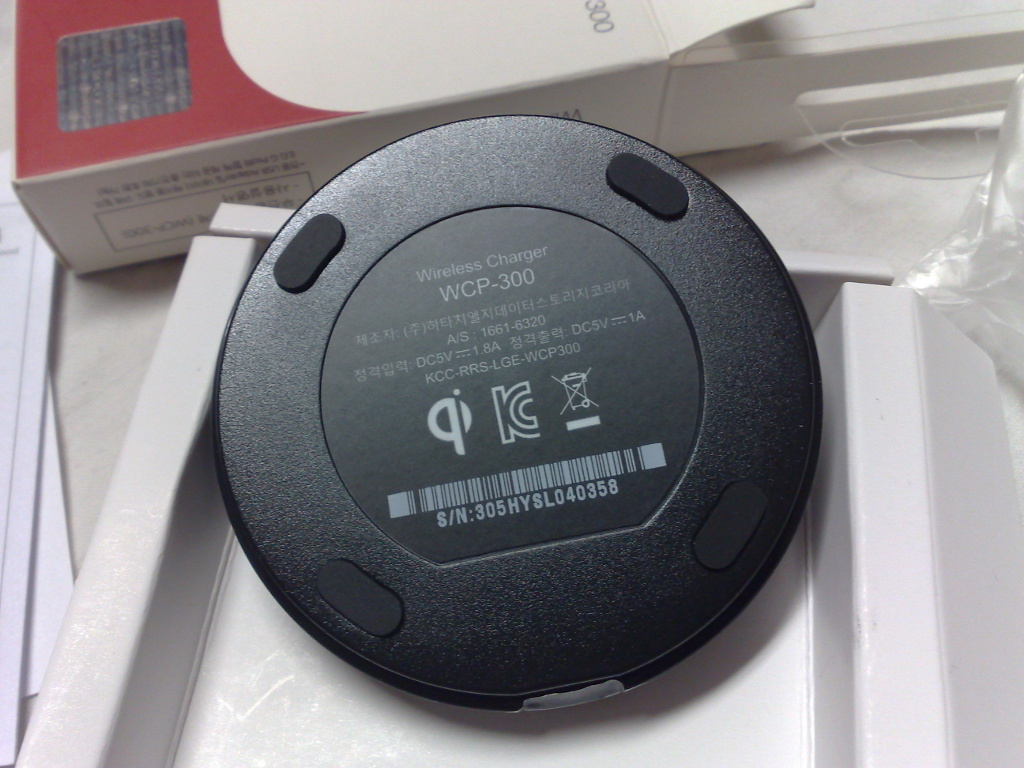
Some product releases simply repeat. This one rewrites the playbook. At Made by Google 2025, the firm introduced a highly cohesive set of devices and AI-powered features that herald a more razor-sharp emphasis on performance, ruggedness, and contextual understanding. The Pixel 10 lineup, Pixel Watch 4, and Pixel Buds 2a might appear evolutionary at first glance, but their capabilities beneath speak volumes.

For technophiles and early adopters, the unveilings were less about surprise and more about confirmation: Google is going all-in on AI as a differentiator, while streamlining hardware in ways that directly address its earlier missteps. From the first IP68-rated foldable to a smartwatch with satellite SOS, the launch emphasized Google’s desire to compete not merely on features, but on integration throughout its ecosystem. These are seven highlights which were prominent each a concerted move into a space where competitors have fallen behind or opened up gaps.

1. Pixel 10 Series and the Power of Tensor G5
The Pixel 10 series from the entry model, Pro, Pro XL, and Pro Fold is rooted on Google’s new Tensor G5 processor. Based on the 3nm process of TSMC, it provides a theoretical 34% CPU performance improvement from the G4, with multi-core benchmark improvements of as much as 46% in preliminary Geekbench 6 testing. Although Qualcomm’s Snapdragon 8 Elite remains the fastest on raw numbers, Google focuses on equating power with AI efficiency.
The Pro models take screen brightness to 3,300 nits, add 100x Pro Res Zoom, and increase battery life to over 30 hours. All models feature the Qi2-based Pixelsnap magnetic charging system, an Android flagship first. Colors go from subdued Obsidian to bright Indigo and Jade, marking a more assertive design language.

2. Pixel 10 Pro Fold: Foldable Aspiration Meets Build Quality
In a category sometimes excoriated for weakness, the Pixel 10 Pro Fold comes as the first IP68-rated foldable phone, with complete dust resistance and waterproofing. Google’s “gearless, high-strength” hinge has been tested to over 200,000 folds about a decade of normal use at 50 folds a day although still short of Samsung’s 500,000-fold rating.
The phone boasts a 6.4-inch Actua outer screen and an 8-inch Super Actua inside panel, both of which are shielded by Gorilla Glass Victus 2. Thicker than the Galaxy Z Fold 7, it holds a 5,015mAh battery supporting up to 30 hours of runtime and Pixel snap accessories. Priced from $1,799, it beats Samsung’s foldable by $200 while providing a clear durability advantage.

3. Magic Cue: Proactive AI Across Apps
Debuting on the Pixel 10 series, Magic Cue is Google’s most ambitious attempt yet at a truly proactive assistant. Powered by the on-device Gemini Nano model, it monitors context across Gmail, Calendar, Messages, Chrome, and more, surfacing relevant actions without prompts. As CNET notes, it can, for example, detect you’re on hold with an airline and instantly display your flight confirmation number.
In contrast to Apple’s more modular AI features, Magic Cue’s cross-app functionality and real-time responsiveness are already fully supported and run entirely on-device for speed and privacy. It’s framed as a fundamental Pixel experience, similar to Live Translate or Smart Reply in previous generations.

4. Camera Intelligence: From Coaching to Compositing
Google’s camera app gets three standout AI features. Camera Coach provides on-the-fly composition advice, reading the scene to recommend angles, lighting, and modes. Auto Best Take combines several images so each subject appears its best, and the improved Add Me feature supports larger group portraits without leaving out the photographer.
These complement current computational photography capabilities, with Pro versions allowing up to 8K video recording and 100x zoom. The standard Pixel 10 now gets to inherit a telephoto lens, the first time all devices have a triple-camera system featuring optical zoom.

5. Pixel Watch 4: Satellite SOS and AI Health Coaching
Pixel Watch 4 is Google’s biggest wearable revamp so far. It adds direct-to-satellite SOS messaging to LTE models, which is managed by Garmin’s experienced emergency response center, providing off-grid connectivity without a phone. Dual-frequency GPS enhances location accuracy in poor environments.
On the health side, an AI-based coach on top of Gemini provides contextual advice that extends across activity, sleep, and recovery. Charging is quicker 0 to 50% in 15 minutes and user-replaceable batteries and screens eliminate two of the smartwatch most prevalent pain points. Display brightness increases to 3,000 nits, and bezels are reduced by 16% for an immersive feel.

6. Pixel Buds 2a: Flagship Features at Budget Price
At $130, Pixel Buds 2a introduce Active Noise Cancellation to Google’s A-series for the first time through Silent Seal 1.5, providing 1.5× noise reduction of the original Pixel Buds Pro. They stick with 11mm drivers, spatial audio support, and transparency mode, but leave out wireless charging and a few premium sensors.
The compromises are small for most people, making them an attractive alternative to the $229 Pixel Buds Pro 2. Initial impressions indicate sound quality and ANC performance are on par, with the value proposition of the Pro model called into question.

7. Pixelsnap: Magnetic Charging Comes to Android Flagships
Pixelsnap, Google’s naming for Qi2 magnetic charging, launches throughout the Pixel 10 series. It allows for secure charging attachment of chargers, stands, and grips something iPhone customers have been able to enjoy through MagSafe. Launch accessories include a $40 25W charger puck, a $70 stand, and a $30 ring stand, in addition to $50-compatible cases.
Apart from charging, the magnetic mount also unlocks modular accessories, possibly into photography, gaming, or automotive applications. The fact that it is included indicates Google’s readiness to embrace and expand industry standards where they serve user convenience.

Google’s 2025 hardware refresh is more on strategic sharpening than radical overhaul combining hardware durability with AI that foresees instead of responds. By closing functionality gaps in foldables, making premium audio capabilities available to everyone, and infusing proactive intelligence into all devices, Google is making its ecosystem both technically competitive and uniquely integrated. For those who have been following the trajectory of consumer technology, this year’s Pixel series gives one a great insight into what the company thinks the future holds: in the seamless integration of powerful hardware and context-aware software.

